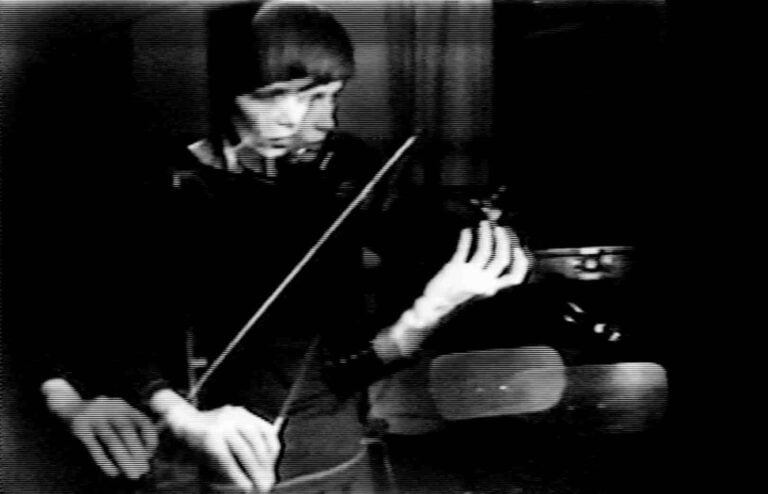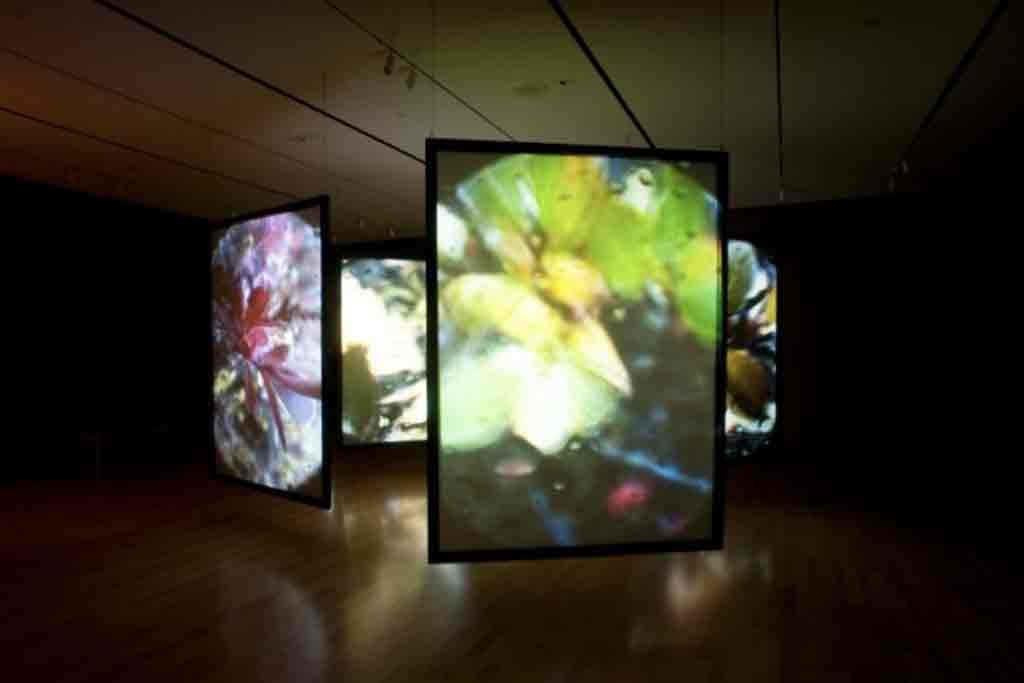The Musician with the Video Camera
Despite having lived in the United States for fifty years, the Icelandic artist Steina Vasulka (b. 1940) has always maintained connections with her homeland and people. Over the years, she has regularly returned to Iceland to work on her art, as the Icelandic nature is always on the mind of the octogenarian video artist. In her works, one can often see Icelandic landscapes such as moss, waterfalls, lava fields, or bubbling mud pots..
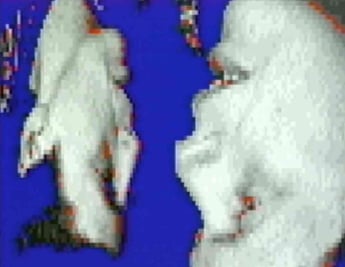
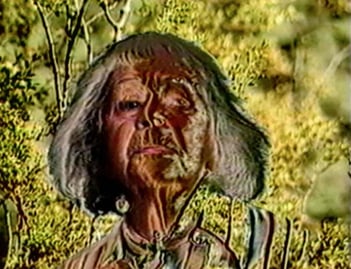
Steina was born and raised in Reykjavík but went to Prague at a young age to study violin and music theory. There, she met her future husband and later collaborator in art, the engineer and filmmaker Woody Vasulka.
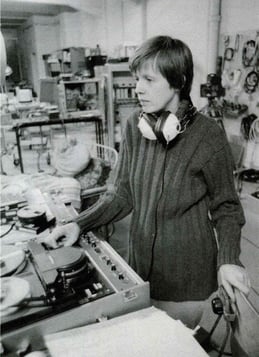 The couple moved to New York in 1965, around the time the first portable video camera, the Sony Portapak, was introduced to the market. In the 1960s, there was a flourishing experimental movement among artists with this new electronic technology. Steina was captivated by the American underground culture associated with the avant-garde, and it wasn’t long before she completely replaced the violin with the video camera. Together, Steina and Woody founded The Kitchen in Greenwich Village, which for a time was one of the world’s most prestigious multimedia centres. There, artists had the opportunity to showcase their work, exchange ideas, and share technical knowledge. Steina and Woody themselves were innovators in the field of electronic multimedia, creating various devices and equipment that they then used in their art.
The couple moved to New York in 1965, around the time the first portable video camera, the Sony Portapak, was introduced to the market. In the 1960s, there was a flourishing experimental movement among artists with this new electronic technology. Steina was captivated by the American underground culture associated with the avant-garde, and it wasn’t long before she completely replaced the violin with the video camera. Together, Steina and Woody founded The Kitchen in Greenwich Village, which for a time was one of the world’s most prestigious multimedia centres. There, artists had the opportunity to showcase their work, exchange ideas, and share technical knowledge. Steina and Woody themselves were innovators in the field of electronic multimedia, creating various devices and equipment that they then used in their art.
Saman stofnuðu Steina og Woody Tilraunaeldhúsið (The Kitchen) í Greenwich Village, en það var um tíma ein virtasta margmiðlunarmiðstöð veraldar. Þar gafst listafólki kostur á að sýna verkin sín, skiptast á skoðunum og miðla tæknilegri þekkingu sín á milli. Sjálf voru Steina og Woody uppfinningafólk á sviði rafrænnar margmiðlunar þar sem að þau smíðuðu margvísleg tæki og tækjabúnað sem síðan nýttist þeim til listsköpunar.
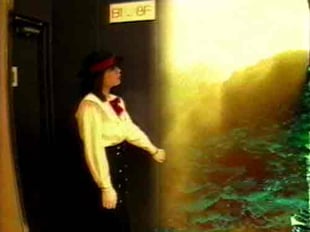 Steina herself has said that her main influences are Bach and Beethoven. It is therefore not unreasonable to assert that it is the architecture of music, with its rhythmic patterns and pauses, that underlies her choice of composition in both image and sound; much like a visual symphony.
Steina herself has said that her main influences are Bach and Beethoven. It is therefore not unreasonable to assert that it is the architecture of music, with its rhythmic patterns and pauses, that underlies her choice of composition in both image and sound; much like a visual symphony.
In her later years, Steina has received widespread recognition as a pioneer in the field of video art, both at home and abroad. It is worth noting that in 2014, the Vasulka Chamber, a centre for digital and electronic art, was established at the National Gallery of Iceland on Fríkirkjuvegur. The centre aims to preserve and disseminate the works of the couple, as well as to promote further research into the legacy and history of Icelandic electronic art. – HK

